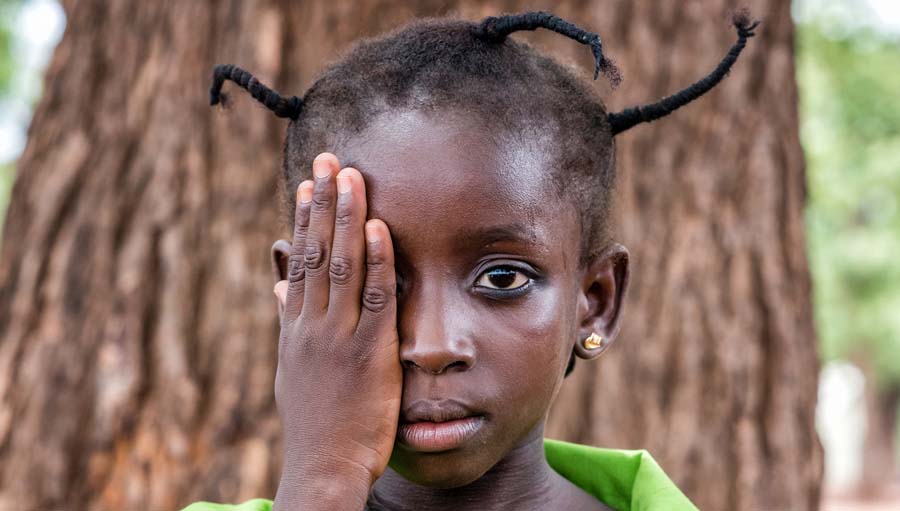Join a powerful, unprecedented alliance for better eye health for all.
Join IAPB-
Choose an alternate language here
[vc_row][vc_column][vc_column_text]
Photo by Naegeli Remo; #StrongerTogether Photo competition.[/vc_column_text][/vc_column][/vc_row]